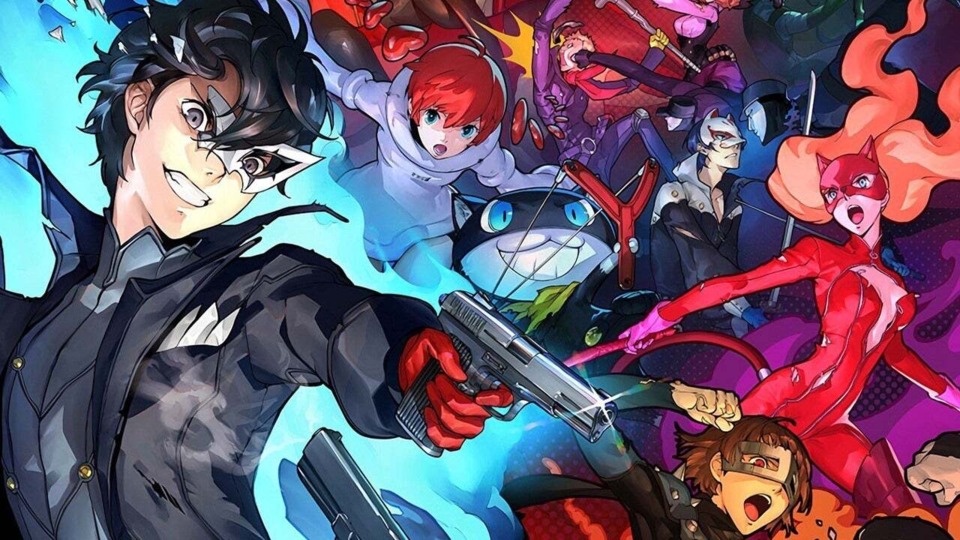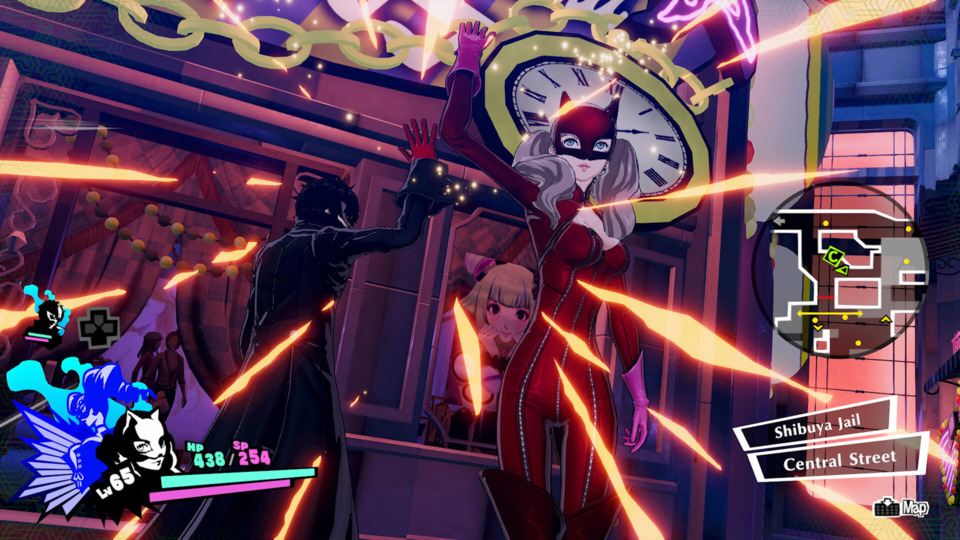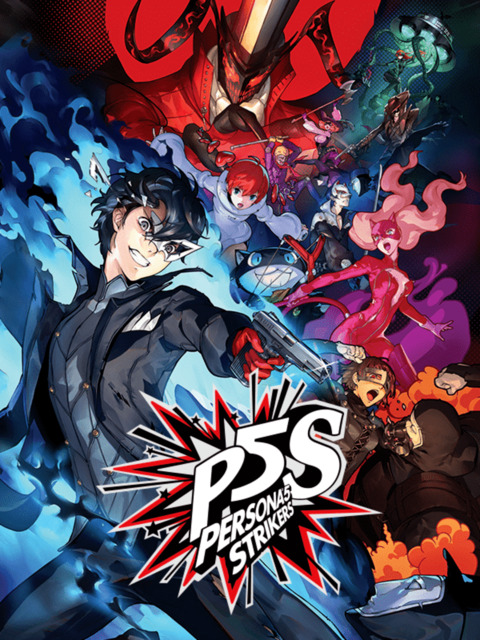Persona 5: Strikers Review: The Phantom Thieves Strike Again

When I first played Persona 5 in 2017, I felt that the team at Atlus had perfected their JRPG formula. Ideas that started in earlier entries, especially with the classic Persona 3, reached a level of polish and usability that made every moment of play feel incredibly well designed and rewarding. I played that game for well over 100 hours and couldn’t imagine how they could improve on those systems, they had clearly mastered their design philosophy to such an extent that it seemed impossible. So upon learning that a direct sequel to P5 was being made, and it was being developed with the help of Koei Tecmo, the creators of the Dynasty Warrior franchise, I was taken off guard. Would this series that had traditionally worked on a turn-based battle system adapt to an action format well? Would the social sim aspects that make the Persona franchise so unique carry over? Will Morgana still tell me to go to bed every five minutes? Persona 5 Strikers goes above and beyond what I expected from a Persona spin off title, creating something that feels unique from both the game it is a sequel to, but other games by this developer in general. It retains almost every major system from the original Persona 5 and innovates in that space to adapt the action into lightning fast combat.
Persona 5 Strikers picks up a few months after the close of the original game, and the Phantom Thieves crew is meeting up again for their summer vacation. Immediately there is a breezy and fun vibe to the main story, which puts aspects like deep characterization into the background and instead functions as an excuse to just spend time with characters you are already to have expected to have spent dozens of hours with. While a lack of the deeper drama from the main game does sting, the fun summer break vibe of the main narrative keeps a joyful energy throughout the 40 hours or so it would take to complete the main campaign. It isn’t long into the summer when things take a turn for the supernatural, and our cast of heroes find themselves on a road trip across Japan, hunting down corrupt public figures who are using mysterious powers to control the masses. You never spend too long in any area, as the game will quickly have you traveling from one Japanese tourist trap to the next. Each location brings a new villain, one who usually seems to echo a villain from the prior game or have a relation to one of the main cast members, and the Thieves must band together to take them down. Similar to the lack of character development from the main cast, I found many of these enemies to be fairly flat, only a few really standing out as memorable. The faster paced narrative may help with a relaxed summer break feel, but I would have enjoyed more depth to the various villains, where here they instead come across like a television show’s monster of the week.

Where Persona 5 Strikers picks up on its narrative slack is through inventive and satisfying gameplay. Every member of the Phantom Thieves is playable, with their own combat style and spells that make them feel unique. You can have any three plus the main character selected at a given time, and easily swap them out when not in battle. The classic Persona focus on enemy weakness returns, allowing you to stagger enemies and deal heavy damage when you use an attack type they are weak to. Smart use of enemy variety means you are always changing your party to suit the situation, which keeps the core combat fresh even on long dungeon treks. Each character has unique melee weapon combos, buffs, specialty guns, and of course, their own persona, which gives them new spells and abilities as they level up. It is impressive how many mechanics from the turn-based system return for the action based sequel. All of the spell types, status ailments, buffs and debuffs, and team based attacks all return for the real time sequel, and they all fit in surprisingly naturally. By the mid game, many fights are flashy and stylish affairs of spell effects and massive attacks, as the party cuts their way through dozens of enemies at once. The speed and explosive style of combat is almost reminiscent of the Kingdom Hearts series, with special abilities and unique environmental abilities all within a few button taps. It separates itself from other games thanks to the same flashy visual presentation the Persona series has become known for, as well as the stronger emphasis on party composition. Sometimes you’ll find that having Ryuji’s charged attacks can help deal massive physical damage to mobs, or a group of enemies weak to firearm attacks would be quickly dealt with with Haru’s grenade launcher. Each character on the team has four levels of mastery that you unlock simply by using them in battle, and growing this mastery level further develops and enhances their unique characteristics, encouraging you to spend time playing as each party member and refining your skills with them to become as proficient as you can with them.
The game will force you to become proficient as well, as the difficulty can be fairly challenging, even on the standard setting. Early on I found that many boss fights felt overly long, with massive health bars that drained far too slowly, making the level of challenge a little unwelcome. A difficult boss fight is welcome, but a fight that drags on for 15 or 20 minutes simply because you don’t deal much damage can rob some of these fights of their excitement. This issue started to go away towards the back half of the game, as you unlock more skills and acquire stronger weapons and abilities. It still creates a sense that the balance is off, because in the earliest hours when you have the fewest options for developing your party, the game is at its most frustrating, until it settles into a more comfortable rhythm tens of hours in.
Persona 5 Strikers impressed me as a legitimate follow up to the original game. In many ways it reminds me of the televised spin offs of popular movies. While each episode individually will never go as deep on narrative or character growth of the original film, it is a fun excuse to spend more time with characters you have come to love. The game successfully translates a classic turn-based RPG into a satisfying action brawler, with a lengthy campaign that is consistently entertaining throughout its 40 hour run. The Persona franchise is no stranger to spin off titles, from dancing rhythm games to fighting games, but I think Strikers represents the best of these spin offs, as worthy follow up to the original game that captures the style and feel of the title while innovating in a new gameplay style.
